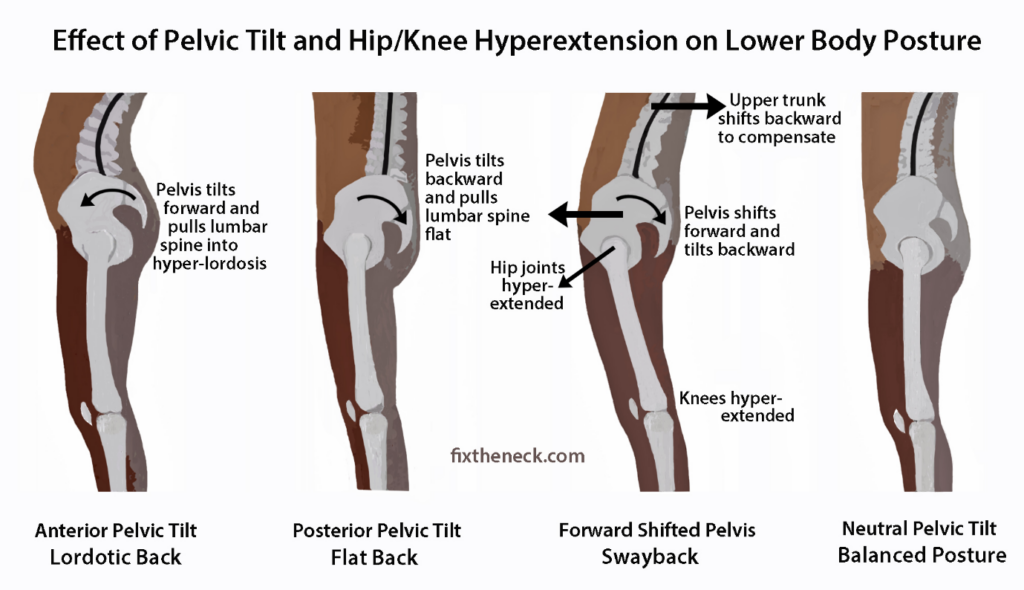What is Posture?
Posture is the position in which you hold your body against gravity whilst standing, sitting or lying down. Posture control prevents the spine from becoming fixed in an abnormal position, which can cause back and muscular pain, resulting in fatigue.
How do you maintain good posture?

When Standing:
- Weight should be beared primarily on the balls of your feet
- Knees slightly bent and shoulder-width apart
- Stand straight and tall with shoulders pulled backwards
- Keep your stomach tucked in
- Keep your ears aligned with your shoulders
- If standing for a long period of time, shift weight from toes to heels

When Sitting:
- Keep feet flat on the floor, or on a footrest
- Avoid crossing your legs, keep your ankles in front of your knees
- Your knees should be at or below the level of your hips
- Your chair should be adjusted to support your low and mid-back
- Relax your shoulders and keep forearms parallel to ground
When Lying down:
- Sleep with a pillow
- Avoid sleeping on your stomach
- Sleeping on your side can aid lower back pain, you can also place a pillow between your legs.
How can exercise and stretching help posture control?
Exercises for the hamstrings/quadriceps, glutes/abdominals, hip flexors and lower back muscles can help to increase flexibility and strength when improving or maintaining good posture.

How do I improve my posture?
As shown above, keeping a natural pelvic tilt is essential to avoid lordosis (lower back curvature- left), or kyphosis (swayback). Activating the glutes and core muscles can help to keep a neutral pelvic tilt.





